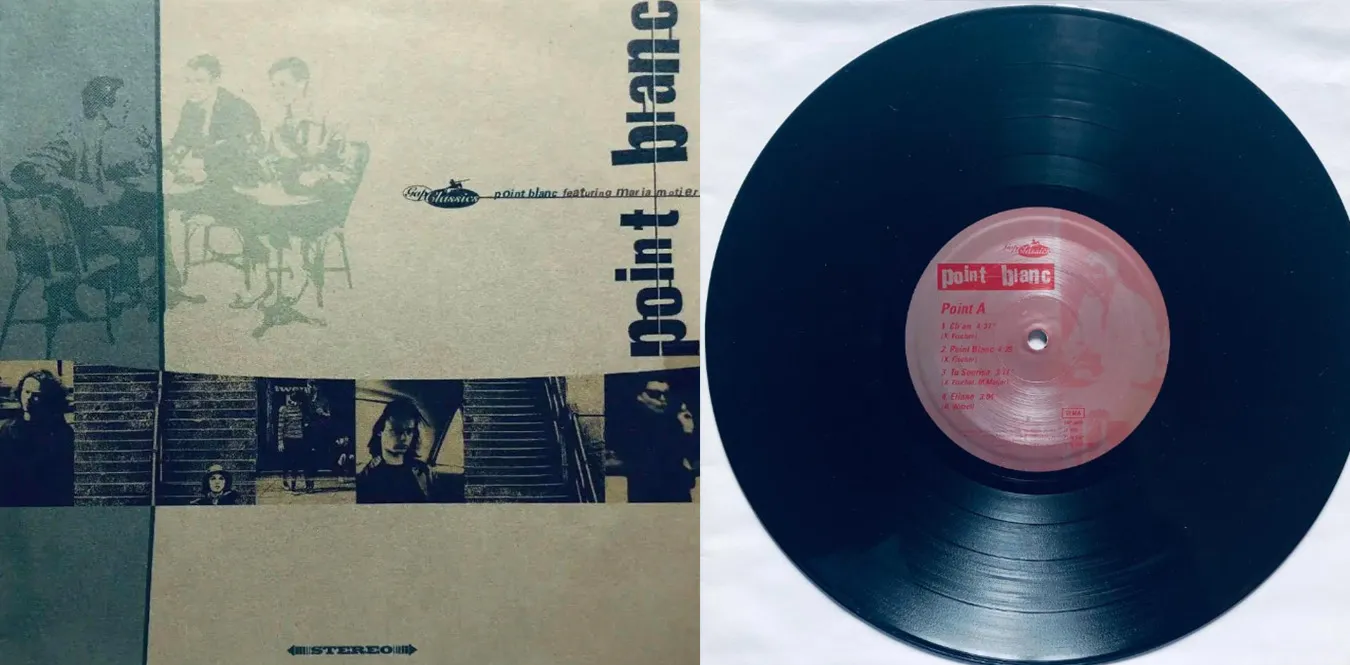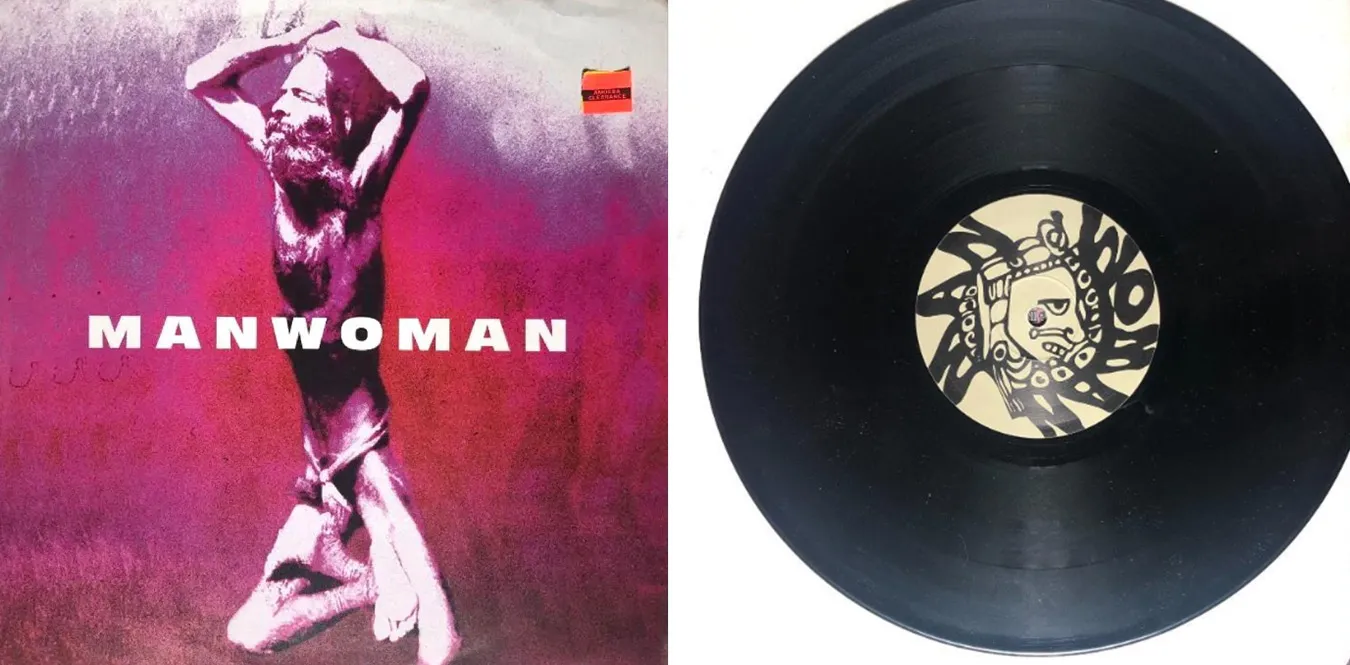[Column] 10-inch temptation: The aesthetics of sound told by the format
Column en 10inch History Jazz Punk Vinyl![[Column] 10-inch temptation: The aesthetics of sound told by the format](/../assets/images/column-10-inch-vinyl.webp)
“Intermediate format” of 10 inches
Text: mmr|Theme: Neither 7 inches nor 12 inches. The aesthetics of sound and memories of the times told by the 10-inch medium format
10 inch record. There is a certain ambiguity in that word. It has a unique yet half-finished presence that is different from the immediate effect of a 7-inch single or the satisfying feeling of a 12-inch LP. If we look at the history of records, we can see how this “intermediate format” marked a turning point in the times.
10 inches is not just a matter of size. It was also another philosophy that redefined ““length of time” and ““density of sound.” The restriction of around 10 minutes per side forced artists and engineers to choose ““condensation,’’ and the result was a surprisingly well-defined sound and a listening experience that required concentration.
“Just long enough to take a drink by the time you finish listening.” The aesthetics of 10 inches resides in this sense of time.
10-inch as a history of technology: Balance of rotation speed, groove width, and sound quality
The appeal of the 10-inch cannot be explained simply by being “in between the sizes.” It is built on an exquisite balance both physically and acoustically.
Born in the early 1950s between 33⅓ rpm LP and 78 rpm SP, the 10-inch record had a recording time of about 10 to 12 minutes per side. This length corresponded to the most natural “performance unit” in jazz and classical sessions at the time. A time that can easily accommodate a full set performance. This is one of the reasons why many labels adopted 10-inch before moving to 12-inch.
Furthermore, the small surface of the disc reduces internal distortion, making the rise of the sound clearer. Among cutting engineers, it is often said that the 10-inch sound has a core. This characteristic was particularly effective for music that emphasizes the freshness of the midrange rather than the extension of the low range.
1950s 10-inch Golden Age: The Experimental Ground for Jazz and Classical Music
The 10-inch was at its peak during the dawn of jazz in the early 1950s. Labels like Blue Note, Prestige, and Clef confined artists’ experimentation to the 10-inch format.
Miles Davis “Young Man with a Horn” (1952), Thelonious Monk “Thelonious Monk Trio” (1954), Charlie Parker “Now”s the Time” (1953). All of these works were like ““short films’’ that sought the best composition within the constraints of 10 inches.
Before the advent of the 12-inch LP, the 10-inch was the testing ground for the new concept of “LP.” At a time when the format for long-length works had not yet been determined, the 10-inch format gave the artist a sense of ““cohesion” and at the same time left behind the density of a ““cut out moment”.
What cannot be overlooked is the evolution of jacket design. Blue Note, which preceded the appearance of Reid Miles, was known for its simple compositions that made use of typography and photo margins, but the golden ratio was most beautifully expressed in the 10-inch era.
The return of the forgotten size: in the context of punk, alternative and indie
Eventually, 12-inch LPs dominated the market, and 10-inches were relegated to the margins of history. However, in the 1980s, the punk and indie trends brought the format back.
The reason was simple. “More than a 7-inch and lighter than an LP.” Production costs are kept low and distribution is easy. Furthermore, the strange size created a ““DIY” feel and a ““limited edition” feel. Sonic Youth”s “Death Valley “69” and Pavement’s “Watery, Domestic”. All of them appeared in 10-inch format, presenting an “aesthetics as a product” including artwork.
When Radiohead released Com Lag (2plus2isfive) on a 10-inch, they had a clear intention. It”s not a full album, it”s not a single. The 10-inch has regained meaning as the perfect medium for bands to share their experimental side with listeners.
10-inch culture in Japan: minimalism and craftsmanship
In Japan, 10-inch discs are often treated as “rare discs.” However, because of its scarcity, it creates a special attachment to it.
The precision technology of Toyo Kasei and other domestic press plants shows its true value in delicate formats like 10 inches. The silence of the board, the smoothness of the hands, and the color of the print. Each one is the result of a craftsman’s sensitivity.
In recent years, an increasing number of artists have chosen 10-inch discs, such as Haruomi Hosono”s [10-inch reissue] (https://amzn.to/4nMnl7a), Tabito Nanao ["”Little Melody”] (https://amzn.to/46SV7QE), and Shintaro Sakamoto ["”God of Disco”] (https://amzn.to/4oaCpen). It”s not just nostalgia, but an act of redesigning “listening time.”
“It’s short, but intense.” The Japanese aesthetic of “ma” naturally blends into the 10-inch format.
Redefining physical media: 10-inch future format philosophy
In these days of streaming, the differences in format should have nothing to do with the sound. However, the existence of a 10-inch camera shakes that assumption.
Short playback time encourages concentration. Small size creates intimacy. Physical constraints, on the other hand, highlight the contours of the act of “listening.”
When we pick up a 10-inch camera, we are also picking up “time.” It is a music experience that is conscious of the end, unlike a playlist that flows endlessly due to an algorithm. Drop the needle and turn the board over. This series of actions is the ““aesthetics of inefficiency’’ that the 10-inch speaks to today.
Final chapter: Time in the palm of your hand, the 10-inch ““density of sound’’
10 inches is incomplete yet complete. It’s not a long story or a short story, but a “short story” format. Music in the palm of your hand. However, its density is not inferior to 12 inches.
A format is not just a container, but an idea. Reevaluating the 10-inch is an act of reconsidering the way music is listened to.
There is always a ““middle’’ between technologies. It is in this ambiguity that the freedom of expression and spirit of experimentation resides. The 10-inch size quietly tells us this.

![[Column] Aesthetics of imperfection ─ A new aesthetic of pop living in an era of imperfection](/../assets/images/column-the-aesthetics-of-imperfection.webp)
![[Column] Open reel revival theory: Magnetism records the future again](/../assets/images/column-reel-to-reel.webp)
![[Column] 10-inch record technology supplement: The truth about groove width, rotation speed, and mastering](/../assets/images/column-10-inch-vinyl-tech.webp)
![[Column]](/../assets/images/column-media-types.webp)

